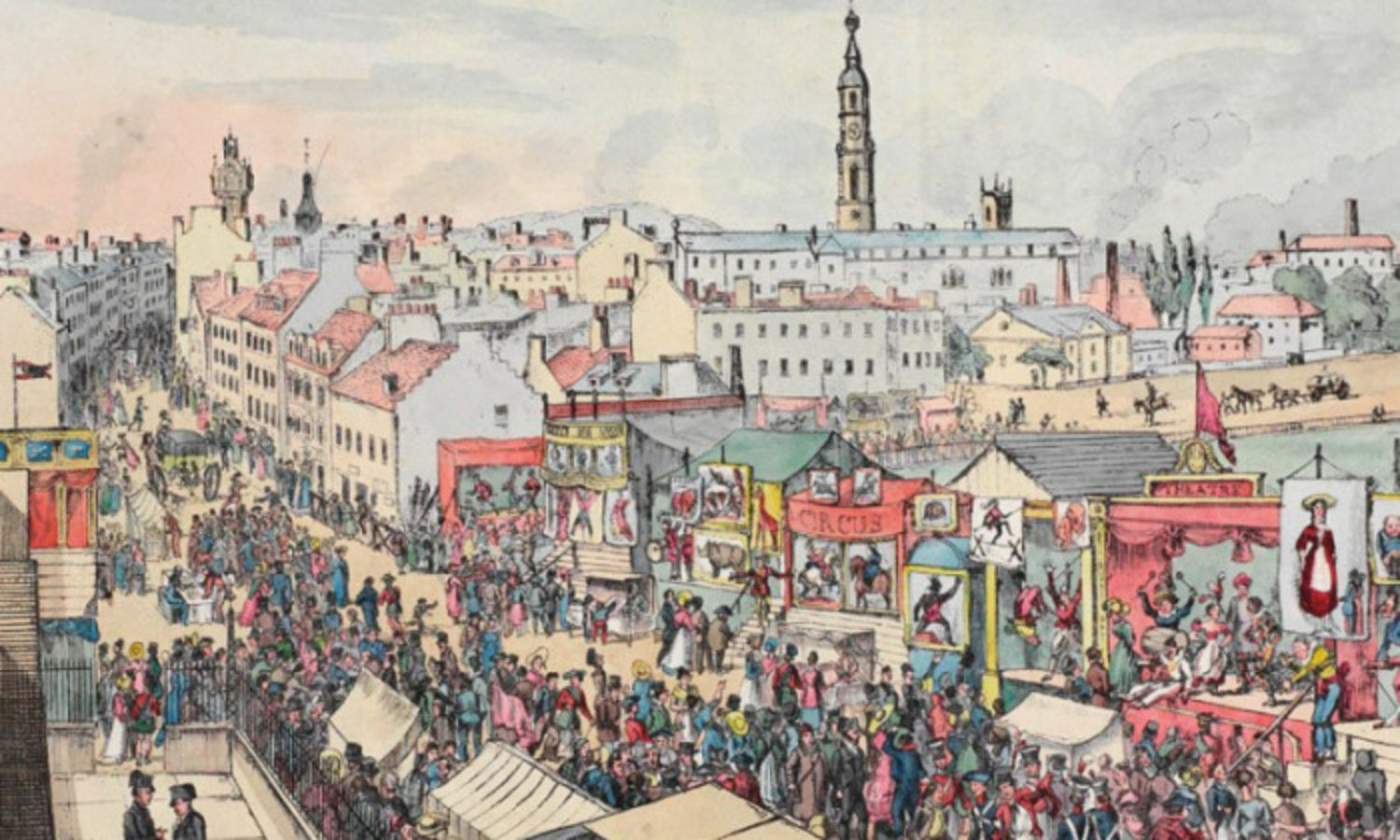Mary, Queen of Scots was a prolific letter writer throughout her life. Most of her surviving letters date from her period of imprisonment in England from 1568 until her execution in 1587. Letters were Mary’s primary means of communication at this point, both for keeping in touch with supporters, friends, and family, and of course for maintaining her involvement in political schemes for her restoration to the Scottish crown and, towards the end of her life, gaining the English crown, too. Some of the most poignant letters are in fact earlier examples; those written by Mary to her mother, Marie de Guise. These were written when Mary was in France from 1547 and after her marriage to the dauphin of France in 1558. A number of these are held in the National Library of Scotland in Edinburgh, and they offer insight to the preoccupations of a young woman negotiating the French court.
Category: Pedagogy
Telling Tall Tales: Re-enacting Scottish History
Re-enactment and Living History experiences have become a major vehicle for heritage organisations to present the past to a demanding audience and, therefore, to inspire children, families and those with a passing interest into the further study of history. Almost all of us have attended a historical re-enactment event at some point in our lives, bringing history to life in a way that no book or classroom ever could. My own fascination with history began when I was twelve years old with a school visit to see the Sealed Knot re-enact the 1642 Battle of Edgehill. Now, after years of visiting schools and historic sites myself with my partner, dressed as King Robert the Bruce and his Queen, Elizabeth de Burgh, we are always amazed at the reaction of children.
Eighteenth-Century Scotland…and Stuff
People have been researching history through objects for centuries. The Antiquarians of the eighteenth-century fascinated over artefacts as survivors from ancient pasts. Most of us are familiar with looking at objects in museums as a way to learn about history. Historical artefacts offer a tangible connection to past peoples and places. But when we are taught the basics of history in school – and, indeed, in the early years of university history training – ‘things’ are rarely presented as historical sources. Often they are used as illustrative material, or supporting artefacts for documentary sources. Through this learning resource, I wanted to introduce school pupils to the ways in which they can examine material culture as evidence. It encourages them to consider the objects themselves but also the way people used, exchanged, and thought about things in the past to shed light on broader cultural, social, economic, and political histories.

